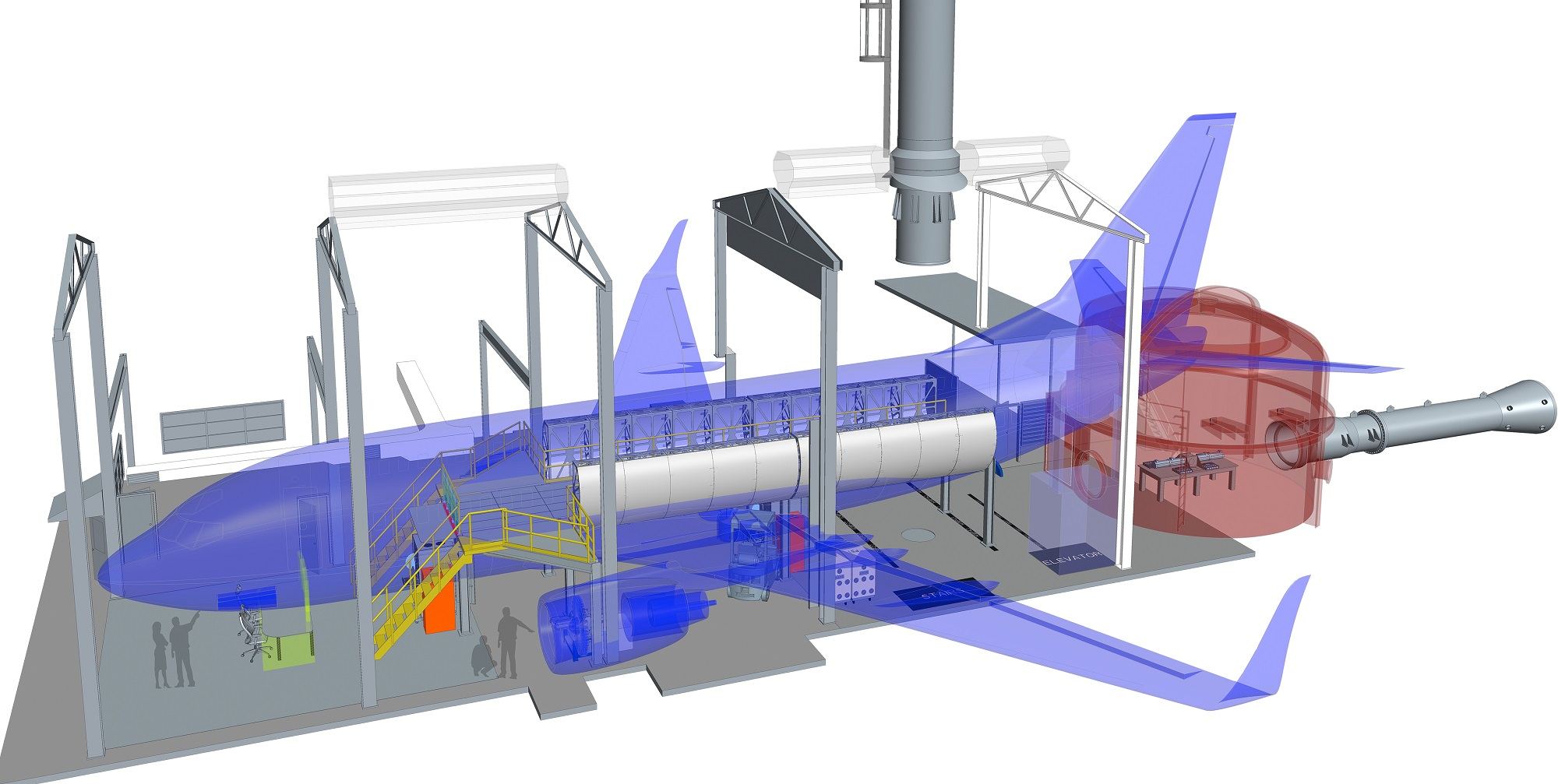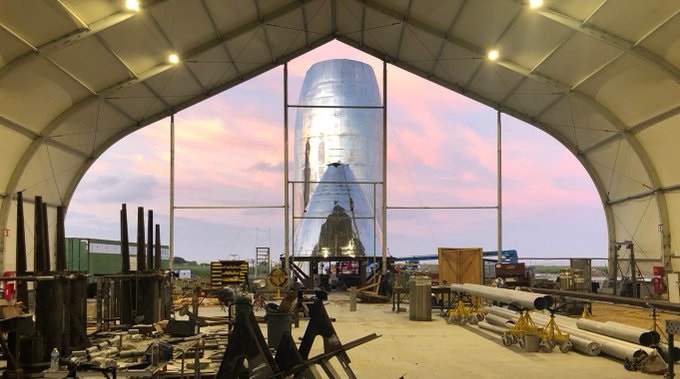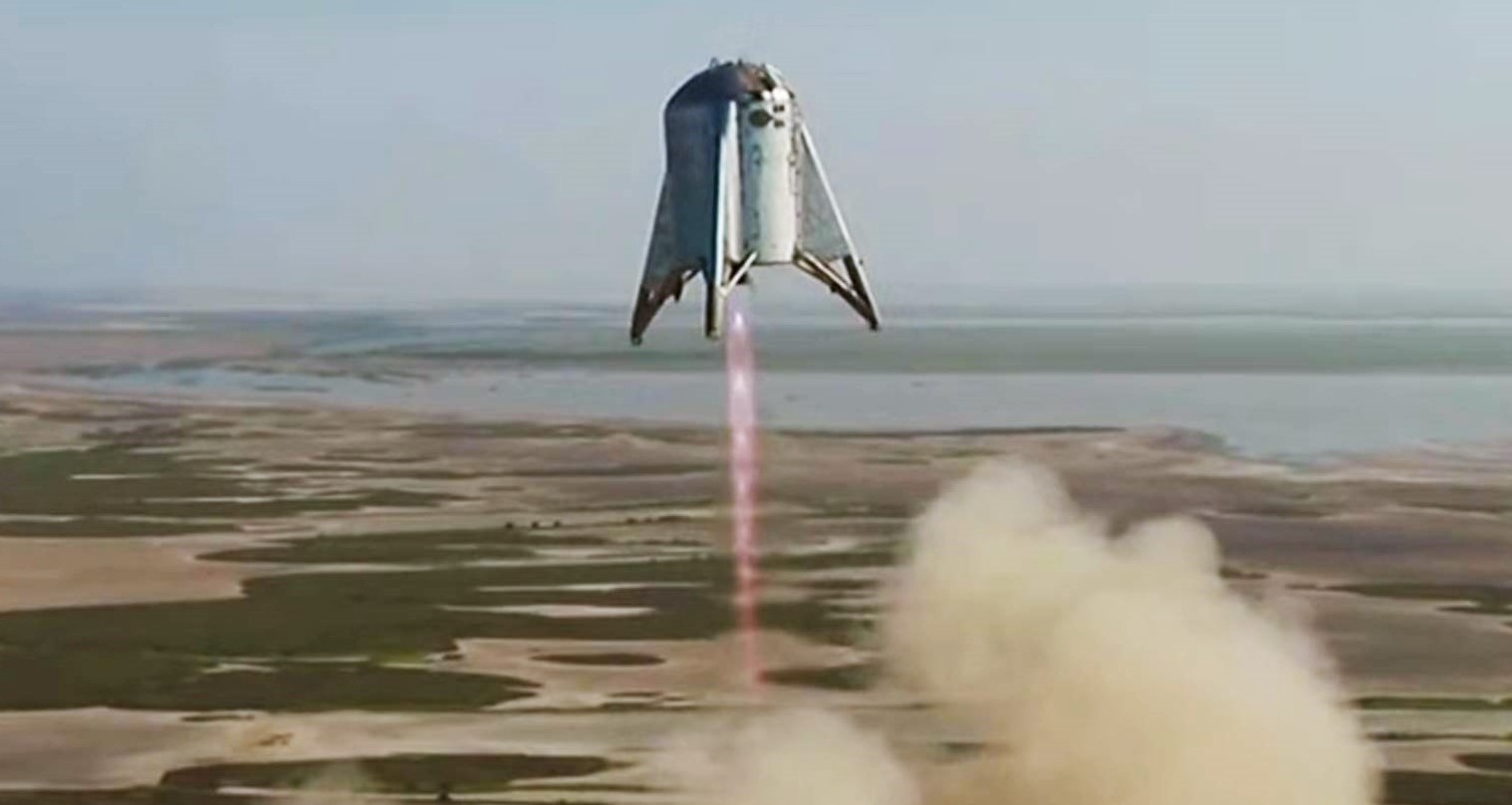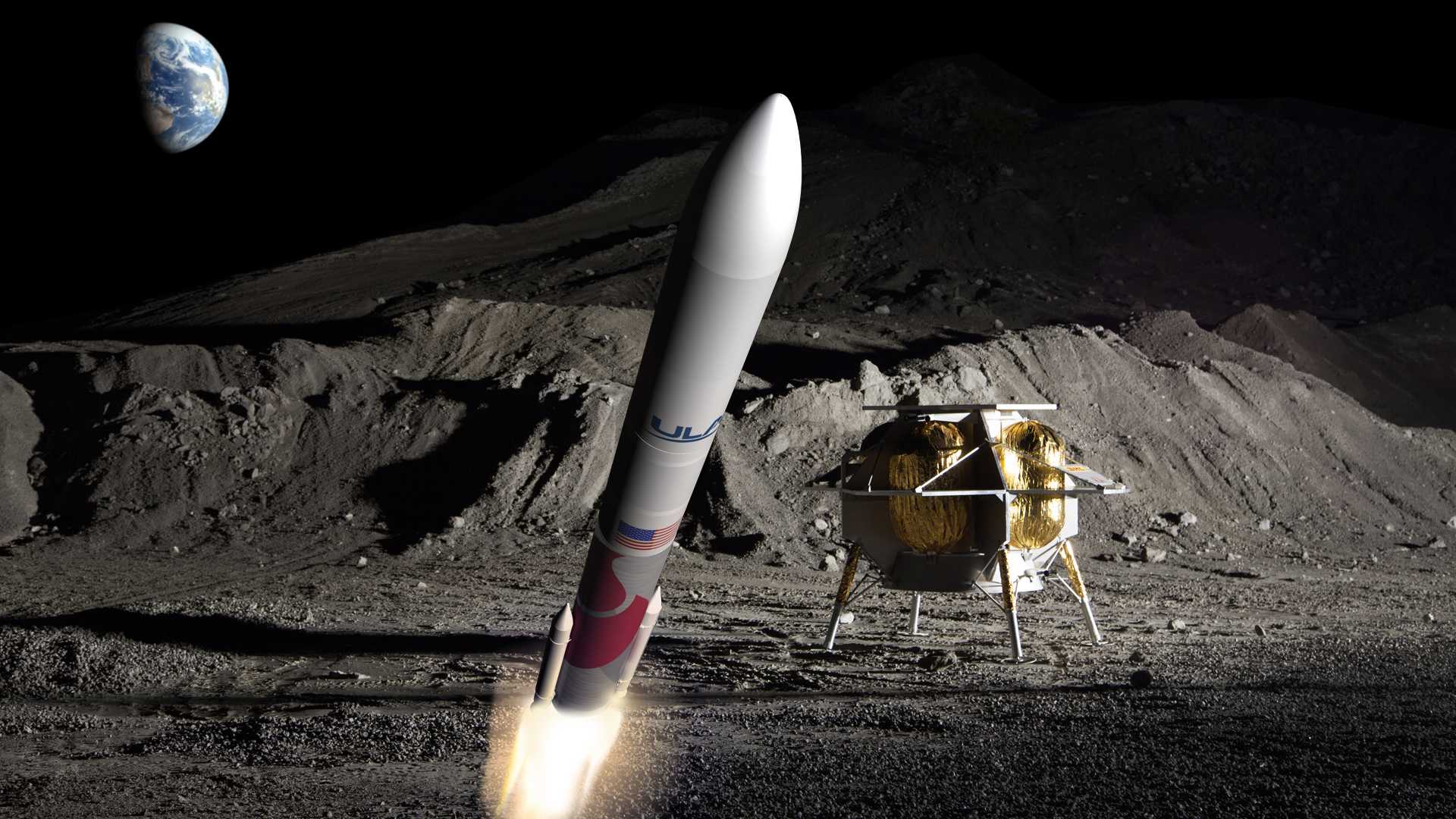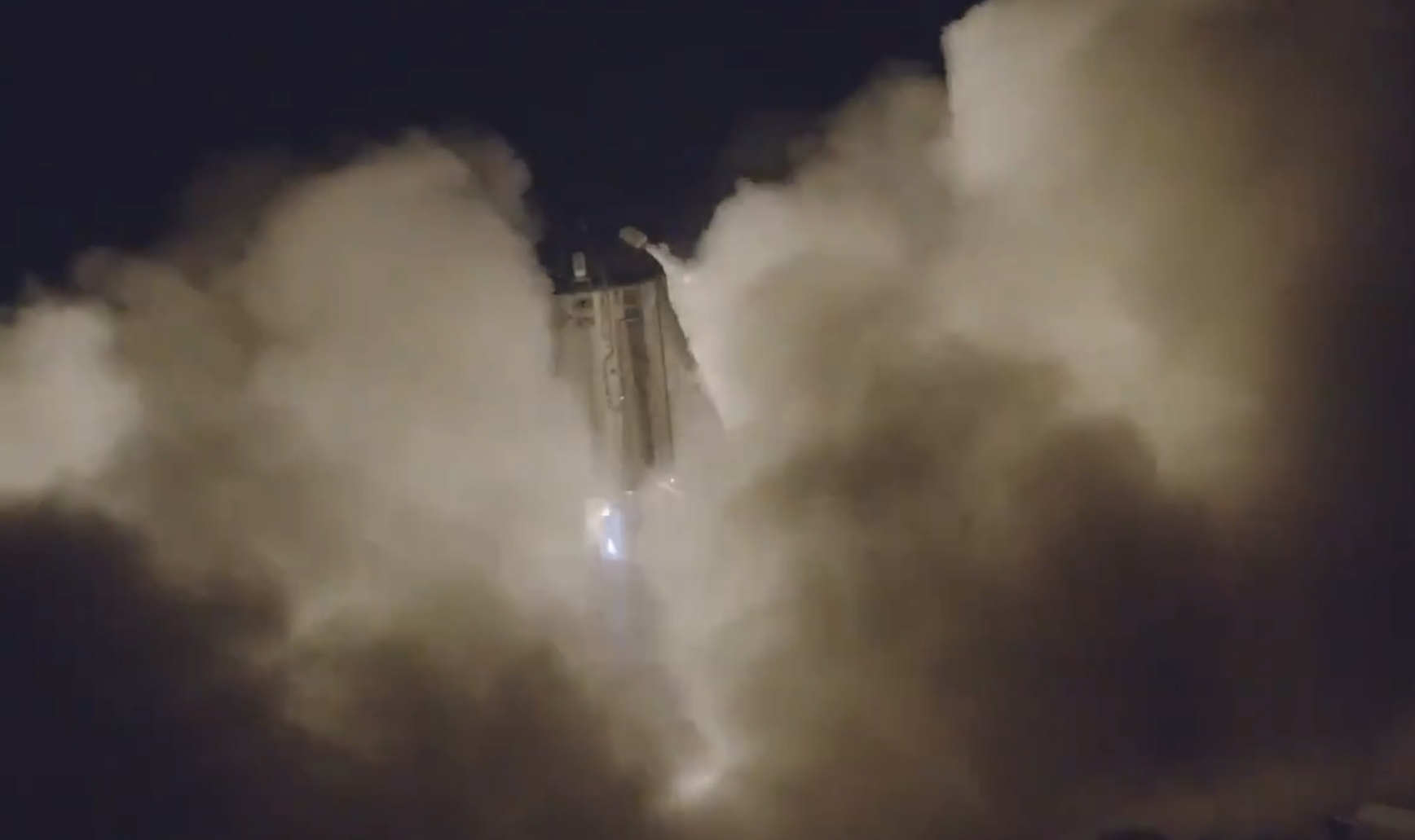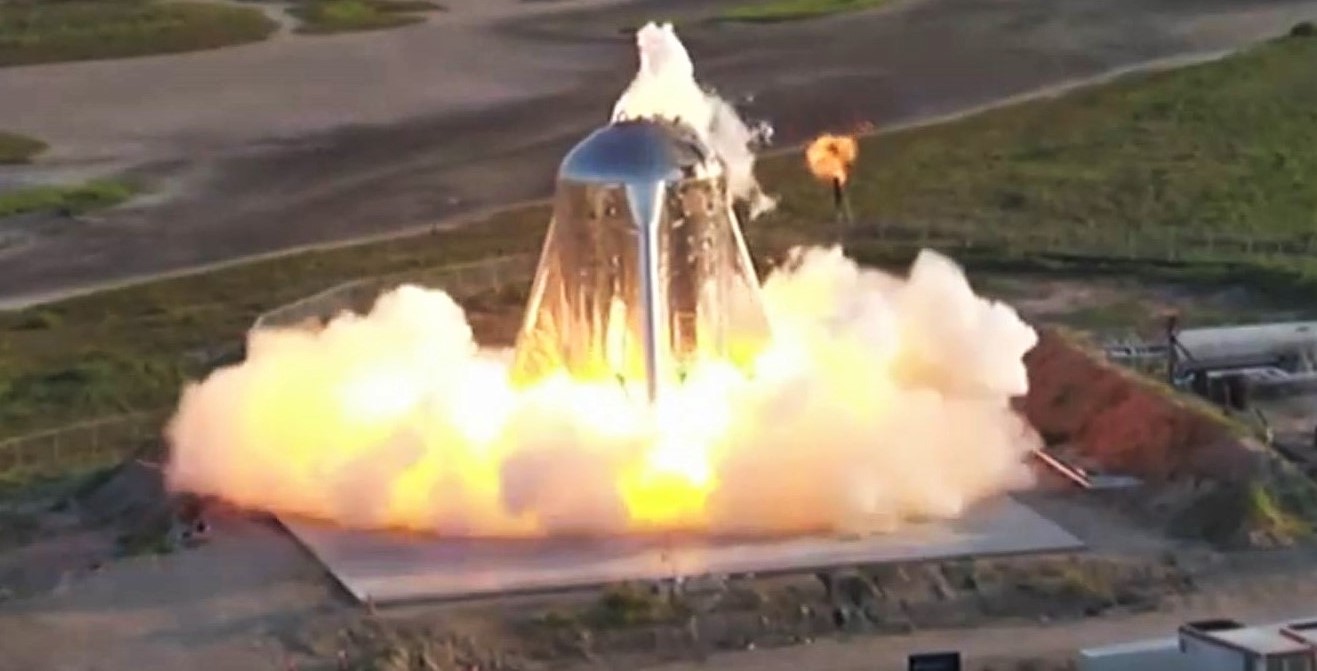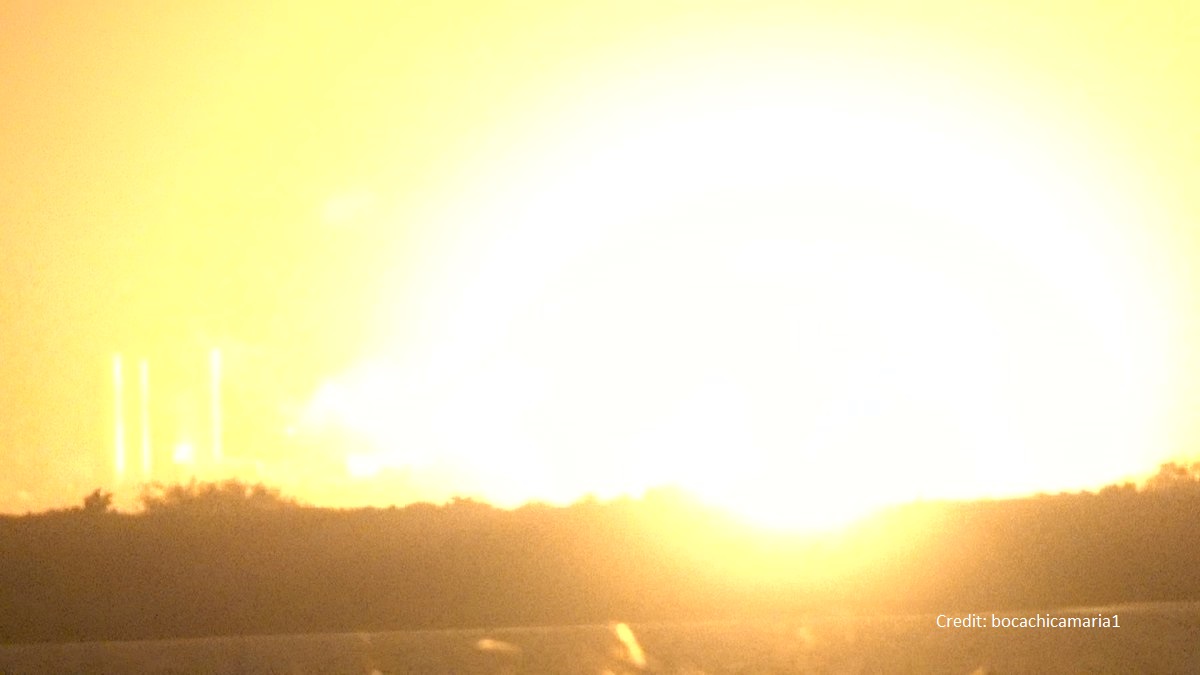One of the chief aims of space agencies and commercial aerospace these days is reducing the associated costs of space exploration. When it comes right down to it, it is still very expensive to send rockets into orbit, never mind sending them beyond Earth. But it’s not just the cost of sending payloads into space (and the pollution it causes) that concerns agencies like NASA.
There is also the cost (economic as well as environmental) associated with aviation. Jet fuel is not cheap either, and commercial air travel accounts for 4 to 9% of anthropogenic greenhouse gases (and is on the rise). For this reason, NASA has partnered with the commercial industry to develop electric aircraft, which they hope will provide a fuel- and- cost-efficient alternative to commercial jets by 2035.
Continue reading “NASA is Working on Electric Airplanes”
